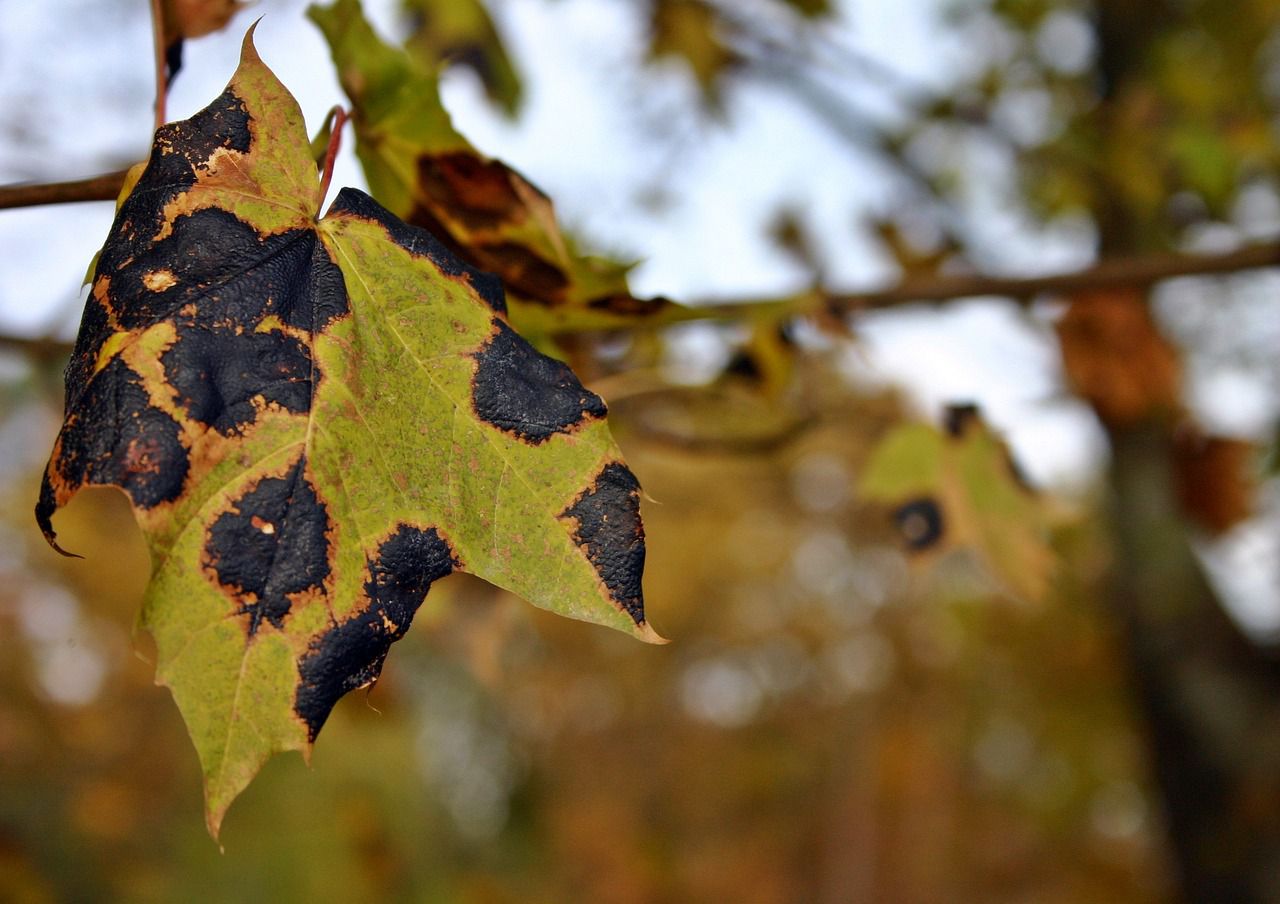How to understand that a fruit tree is infected: The main signs
Recognizing whether a fruit tree is infected involves careful observation of its overall health, foliage, fruit, and other symptoms.
Early detection and prompt action can help prevent the spread of diseases and pests.
Here's how to understand if a fruit tree is infected.
Check the Foliage
Look for discoloration, spotting, wilting, or curling of leaves.
Check for the presence of unusual growths, such as galls or deformities.

Observe if the leaves are dropping prematurely or showing signs of reduced growth.
Inspect the Fruit
Examine the fruit for any signs of disease, such as rot, mold, or unusual spots.
Check for abnormal color, size, shape, or texture of the fruit.
Pay attention to any signs of fruit drop or poor fruit development.
Look for Pests
Inspect the tree for visible pests, such as insects, larvae, or webs.
Check the undersides of leaves and along branches for signs of infestations.
Observe if birds, squirrels, or other animals are causing damage to the fruit or leaves.
Check the Bark and Trunk
Look for cracks, cankers, or lesions on the tree's bark.
Examine the trunk for signs of oozing sap, which can indicate disease or injury.
Check for holes, tunnels, or bore marks from borers or other pests.
Assess Growth Patterns
Observe if the tree's growth is stunted or if branches are dying back.
Look for abnormal branching, such as witches' broom growth.
Notice if there are any signs of excessive or unusual growth.
